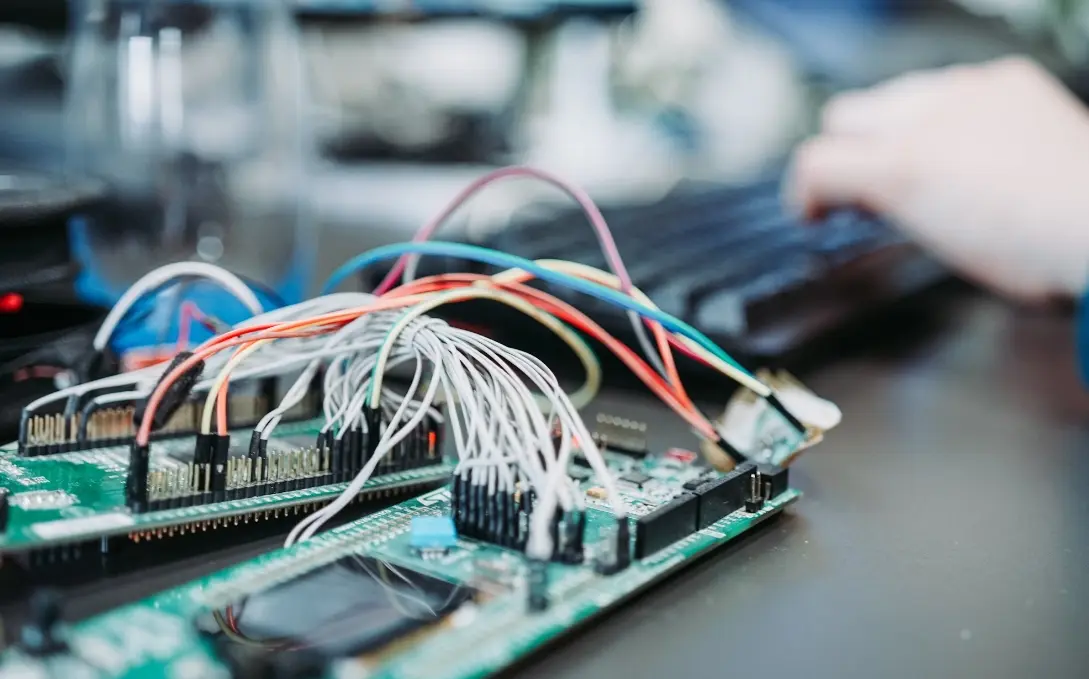
RCM Australia Certification Frequently Asked Questions
Currently, Australia and New Zealand are introducing the RCM (RegULatory Compliance Mark) to standardize the labeling of electrical products. This mark is a trademark owned by the regulatory authorities in both Australia and New Zealand, indicating that the product complies with both safety and EMC (Electromagnetic Compatibility) requirements. The RCM is a non-mandatory label.

The rcm mark consists of the following three parts:
1. Safety (Product Safety Certification)
Product safety certification consists of two categories: regulated electrical products and non-regulated electrical products.
Regulated Electrical Products: According to AS/NZS 4417.2, regulated electrical products include electric heating devices, refrigeration equipment, power tools, components, etc.
These products must obtain a Certificate of Approvalissued by the regulatory authorities, and the certificate number must be displayed on the label.
The first letter of the certificate number indicates the issuing region:
① Q- Queensland (e.g., Q04051)
② W- Western Australia (e.g., W2015)
③ V- Victoria (e.g., V03101)
④ NSW- New South Wales (e.g., NSW18099)
Non-Regulated Electrical Products:
a. No certification is requiRED to sell these products, but manufacturers must ensure that the product complies with the Australian Standard AS/NZS 3820:1998 (Basic Safety Requirements for Low Voltage Electrical Equipment).
b. Products that meet the standard will receive a Certificate of Suitability, and the certificate number can be marked on the product.
c. Examples:
① CS/431/Q(Queensland)
② CS/108/NSW(New South Wales)
2. EMC (Electromagnetic Compatibility)
Australia’s electromagnetic compatibility program is based on the 1992 Radio Communications Actand covers a broad range of devices, including motor-driven equipment, power tools, lighting equipment, television receivers, information technology products, etc. Depending on the risk of electromagnetic interference, products are classified into three categories. Category 2 and 3 products must display the C-Tick mark.
Class 1 Products:
① Have minimal impact on wireless devices, such as manual switches, resistors, simple relays, etc.
② May voluntarily apply for the C-Tick mark.
Class 2 Products:
Have a significant impact on wireless devices, such as MICroprocessors, rectifiers, arc welding equipment, switched-mode power supplies, etc.
Class 3 Products:
Have a severe impact on wireless devices, such as industrial, scientific, and medical equipment.
3. RCM Application Matters
If the product has CB and various national certifications, it can be directly converted into a Safety Certificate. Along with the EMC part, a declaration can be made through an agent, and the product can be sold in Australia with the RCM mark.
Safety Certificate:
① When applying, if the product is a Direct Plug-Intype, it will need to undergo the AU Plug Test(Test Standard: AS/NZS 3112: 2004).
② If the product is a Desktopdevice, this test is not required.
emc report:
The EMC report can be a C-Tick report(Test Standard: AS/NZS CISPR 22: 2002) or a ce emc report.
Email:hello@jjrlab.com
Write your message here and send it to us
 What Are CE and WEEE Marks
What Are CE and WEEE Marks
 What Are WEEE Regulations
What Are WEEE Regulations
 California Proposition 65 Testing
California Proposition 65 Testing
 Footwear Testing Laboratory
Footwear Testing Laboratory
 Food Contact Material Testing
Food Contact Material Testing
 How to Get WEEE Certification
How to Get WEEE Certification
 Labubu Toy Export Certification Guide
Labubu Toy Export Certification Guide
 How to Get MSDS Sheets
How to Get MSDS Sheets
Leave us a message
24-hour online customer service at any time to respond, so that you worry!




